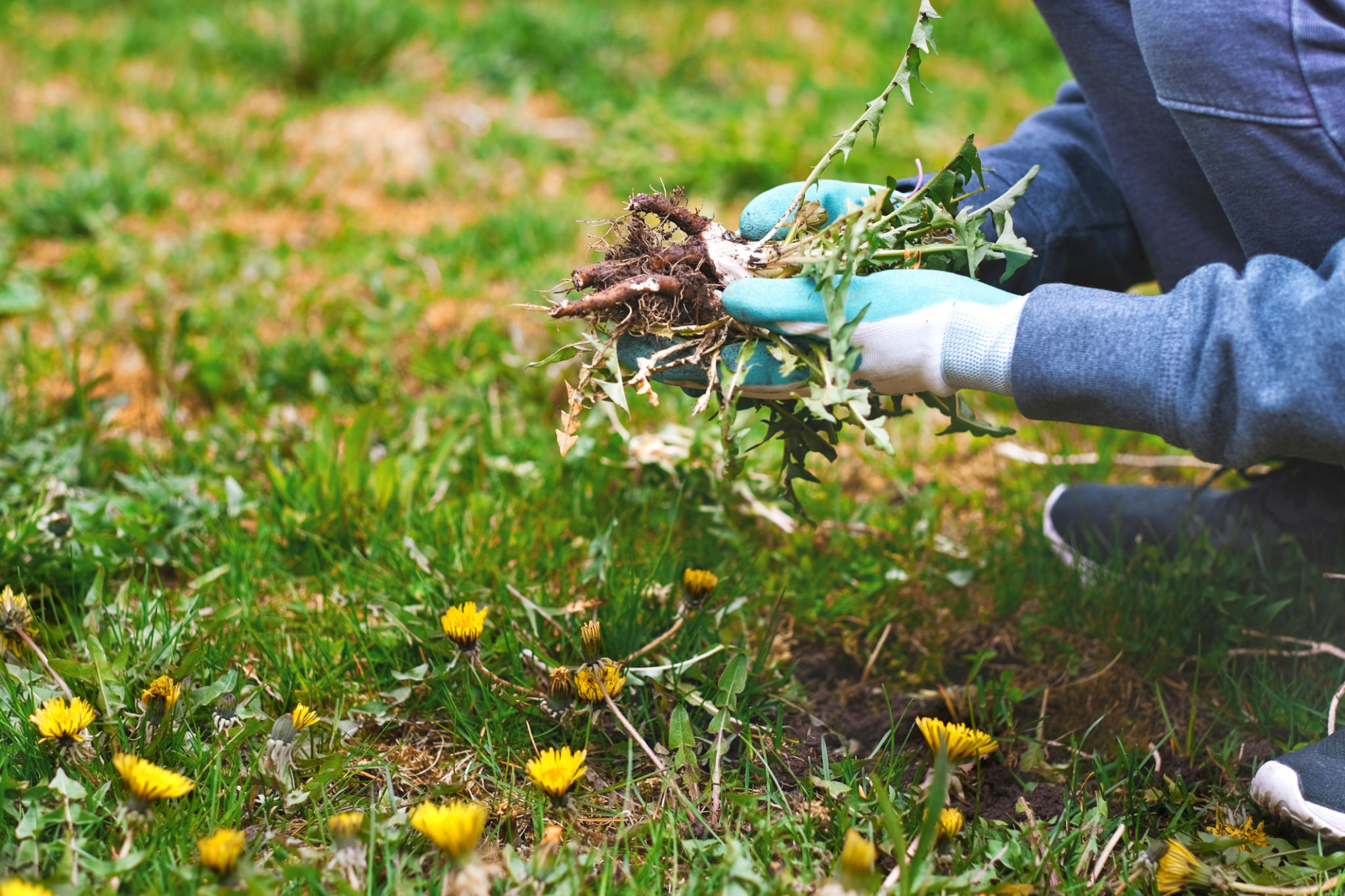DIY Landscaping Tips for Homeowners: Expert Advice from the Pros
Understanding Your Landscape
Before diving into the physical work, it's crucial to understand your landscape's existing conditions. Assess the soil type, climate, and sunlight exposure in your yard. This will help you choose the right plants and materials for your DIY landscaping project. Remember, not all plants thrive in the same environment, so tailor your choices to your yard's unique characteristics.

Consider creating a detailed layout plan that includes all existing structures and plants. This blueprint will guide your project and help avoid unnecessary mistakes. With a clear plan, you can move forward with confidence, knowing exactly where each element will go.
Choosing the Right Plants
Selecting the right plants is a critical step in successful landscaping. Focus on native plants that are well-suited to your local climate and soil conditions. These plants require less maintenance and are more resistant to local pests and diseases. Additionally, native plants can improve the biodiversity of your garden by attracting local wildlife.
Another tip is to incorporate a variety of plants with different bloom times. This ensures that your garden remains vibrant throughout the year, offering a succession of colors and textures that keep things interesting. Consider the mature size of plants to avoid overcrowding and allow for healthy growth.

Hardscaping Elements
Hardscaping refers to the non-plant elements of landscaping, such as walkways, patios, and retaining walls. These features add structure and functionality to your garden. When selecting materials, balance aesthetics with practicality. For instance, opt for durable materials like stone or brick for paths that will withstand foot traffic and weather conditions.
Think about how you use your outdoor space. If you enjoy entertaining, a patio or deck might be valuable additions. On the other hand, if relaxation is your goal, a small water feature or a secluded seating area could be more appropriate.

Watering Wisely
Effective irrigation is key to maintaining a healthy garden. Consider installing a drip irrigation system for efficient water use. These systems deliver water directly to the plant roots, minimizing evaporation and ensuring that each plant gets the moisture it needs.
Additionally, group plants with similar water needs together. This makes it easier to water efficiently and prevents overwatering or underwatering certain areas of your garden. Mulching is another excellent way to retain soil moisture and reduce the need for frequent watering.
Maintaining Your Landscape
Regular maintenance is essential for keeping your landscape looking its best. This includes tasks such as pruning, weeding, and fertilizing. Set a schedule for these activities to keep your garden healthy and thriving throughout the seasons.

Prune regularly to encourage new growth and remove any dead or diseased branches. Weeding is crucial to prevent unwanted plants from competing with your chosen varieties for nutrients and space. Lastly, use organic fertilizers to nourish your plants without harming the environment.
Embracing Sustainability
Sustainable landscaping practices are becoming increasingly important. By choosing eco-friendly materials and methods, you can reduce your garden's environmental impact while creating a beautiful space for your family to enjoy.
Consider incorporating rainwater harvesting systems to collect water for irrigation. Use compost as a natural fertilizer to enrich your soil without chemicals. These small steps can make a significant difference in creating a sustainable outdoor oasis.
